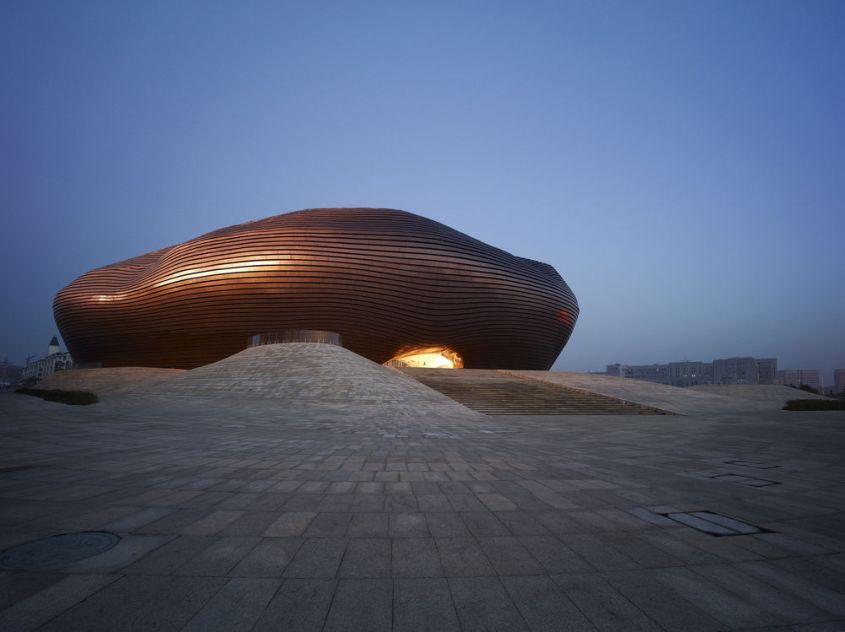
The Chinese President Xi Jinping it was clear: “No more weird buildings”, and today we want to show you the 10 buildings in China that we may not see in 5 years. Yes, because from copies of shoes, watches and clothes, China in recent years had gone on to give life to buildings that were copies of the Sydney Opera House, St. Peter’s Basilica in Rome, Tower Bridge in London, but not only. Architects and engineers have had fun with forms that are too original for the Chinese government, and today new projects that will conflict with the city skyline will be punished.
CCTV Hq in Beijing
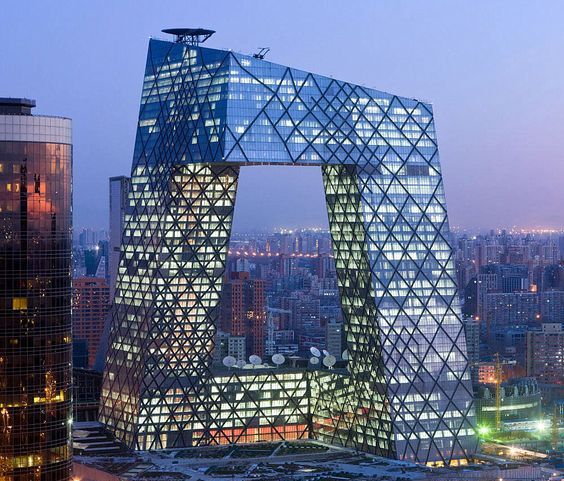
The headquarters of the China Central Television (CCTV) is a three-dimensional architecture designed by the Dutch Rem Koolhaas and the German Ole Scheeren. A construction begun in 2004 and completed in 2008 born from the winning project of the international competition announced by the Beijing International Tendering Co. in 2002. The shape of the building is given by two inverted Ls resting on each other, and the external facade is covered with an irregular steel mesh.
The People’s Daily in Beijing
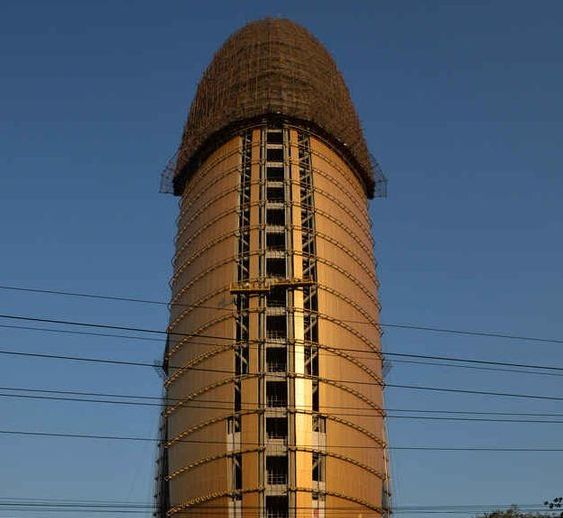
There home of the People’s Daily newspaper, the official newspaper of the Chinese Communist Party, has an evident phallic form, and for this reason its construction has been kept hidden from the net for a long time, censoring the search keywords on search engines. A highly contested building, it has a 150 meter high tower, and is the work of architect Zhou Qi, a professor at Jiangsu’s Southeast University.
Trekkie in Fuzhou to Fujian
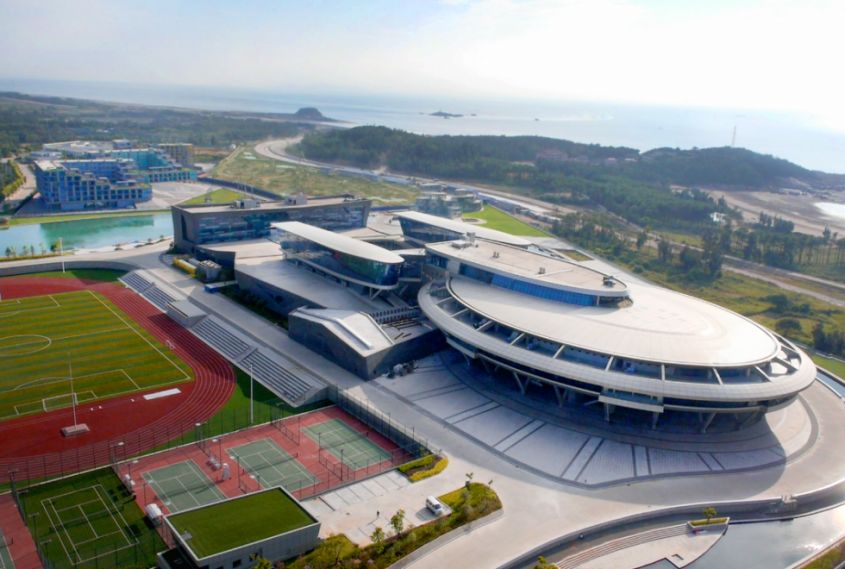
Liu Dejian, the founder of the video game company NetDragon Websoft Inc. and also a fan of the series Star Trek commissioned the architect to build his company headquarters in the shape of theEnterprise spaceship. Costing about $ 160 million, it took 4 years to build, and the interiors are also similar to the Star Trek spaceship.
Hebei Academy of Fine Arts in Xinle
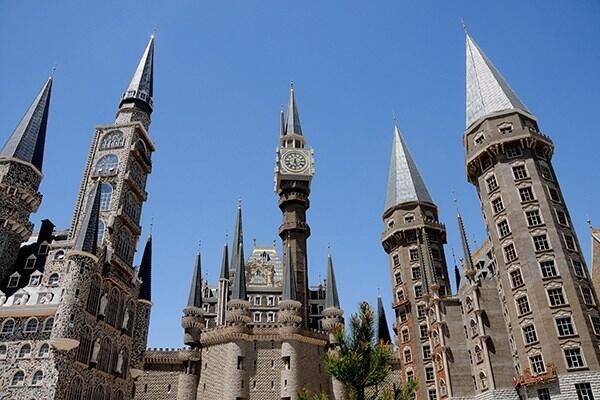
Artist Zhen Zhongyi founded the Hebei Academy of Fine Arts in 1996, an academy for 8,000 students who want to study fine arts, architecture and design. Located in the northern province of China, its construction involved a cost of 246 million dollars, and was designed in the Gothic style and modeled after the shape of the castles of medieval Europe.
Hybrid Building in Shijiazhuang
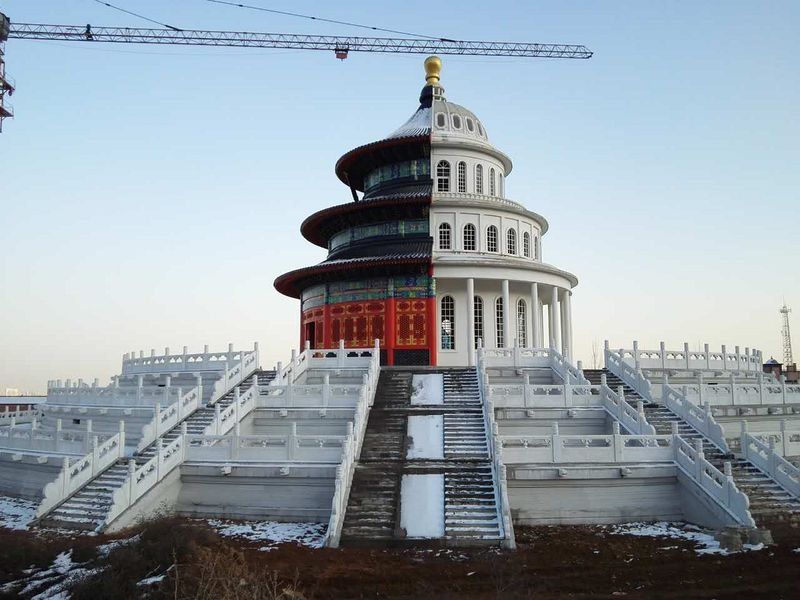
A hybrid and eccentric building in Hubei province, half resembles the Prayer Room of the Temple of Heaven, also known as the Temple of Heaven, located in the southern part of Beijing, while the other half is an imitation of the Capitol in Washington DC in the United States United.
Circle Building in Guangzhou
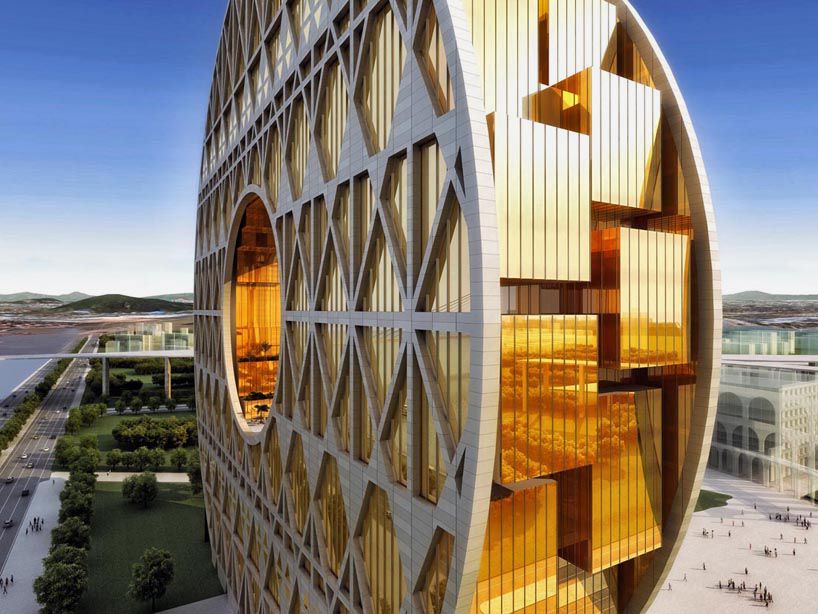
Opened in 2013, the Guangzhou Circle Building is the home of the plastic exchange, and was designed to become a Chinese symbol building without, however, emulating the stereotype of the western vertical skyscraper. Work of the architect Joseph di Pasquale, it has 33 floors, is 138 meters high, and has the characteristic of having an empty circular space in the center of 48 meters.
The Ring of Life in Fushun

The Ring of Life it is located in the northeastern city of Fushun in Liaoning province. 3,000 tons of steel form a 515-foot-high steel circle that lights up with 12,000 LED lights at night. Born as a viewing platform, it was designed by architect Jia Huan Cheng, also known for the Oriental Pearl Tower.
The Tianzi Hotel in Yanjiao
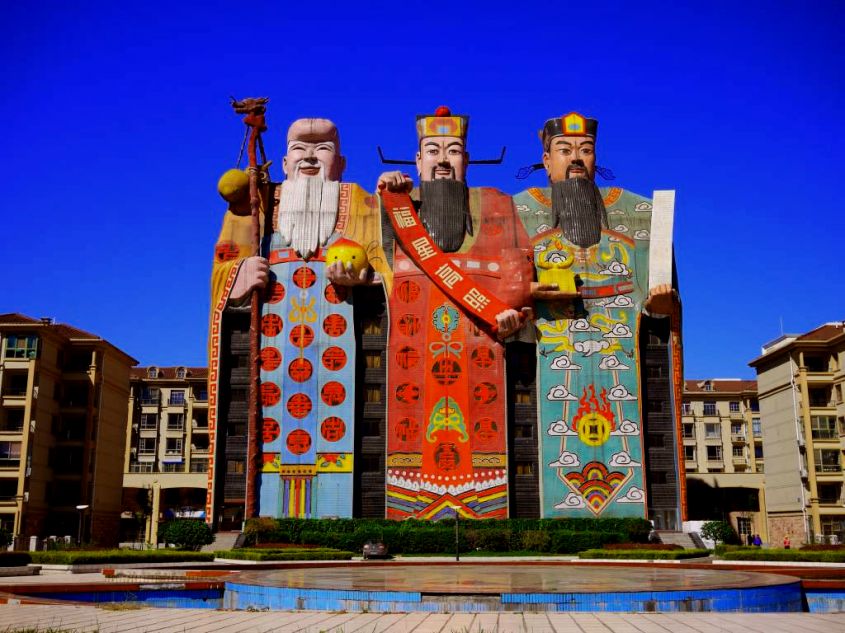
The Tianzi Hotel built in 2001 in northeastern China in Hebei province entered the Guinness World Record as the largest image building in the world. 42 meters tall and with 10 floors, it is certainly one of the strangest hotels in the world, and has a facade that reproduces three Chinese gods: Lu Xing, god of prosperity, Fu Xing, god of good luck, and Shou Xing, god of longevity. .
The Shenyang Culture and Art Center in Liaoning
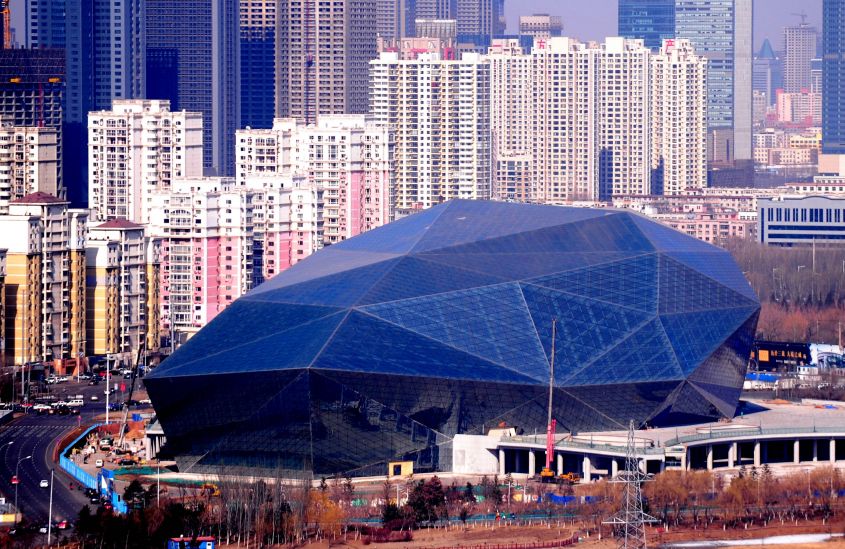
The Shenyang Culture and Art Center it is located in the capital of northeastern China in the Liaoning district and has a diamond shape.
The Ordos Museum in Ordos
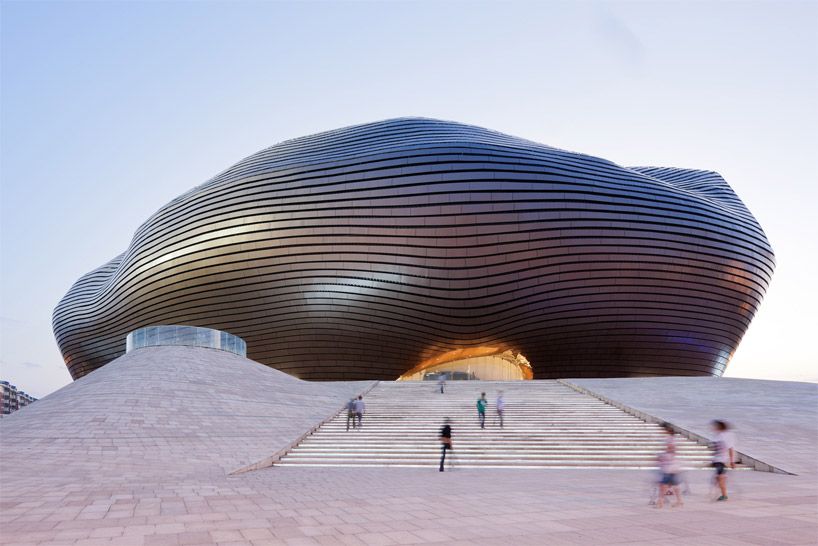
Ordered by the Ordos Municipality in 2005, The Ordos Museum it was created by the Chinese studio Mad Architects, and appears as a mass with a soft shape covered with metal strips in bronze tones. Located among the dunes in the Gobi Desert, it has bright cave-like interiors with edges shaped as if they had been eroded by groundwater.

